ECONOMY
From a basket case, India has made dramatic strides to become the sixth-largest and fastest-growing economy of the world.
- IBJ Bureau
- Aug 16, 2022

Indian
economy’s tryst with destiny has been nothing short of awe-inspiring. Abject
poverty, severe food shortage, a lack of industries and a flood of other socio-economic
problems were too much for the young nation to tackle. But India prevailed, and
from a basket case, it has transformed rather dramatically to become the
sixth-largest and fastest-growing economy of the world.
Like
most other countries at that time, India too adopted a mixed economy – an
economic system combining the State and private enterprise – with the USSR model
of economic planning. The State assumed a greater role by entering many
sectors, such as heavy industries, mining, civil aviation, transport and
communication and so on.
The
first Five-Year Plan, launched in 1951, aptly focused on agriculture and
irrigation to boost farm output. The second Five-Year Plan and the Industrial
Policy Resolution, 1956 laid the foundation for the mixed economy and led to
formation of public sector undertakings (PSUs) or State-owned companies. This
industrial policy heralded the infamous Licence-Quota Raj, where the government
would issue a licence to the private sector to run particular industries and
dictate the amount of production through the quotas.
The second Plan provided huge impetus to the industrialisation of India. Steel Authority of India (SAIL), a vital PSU, set up large steel plants in Rourkela, Bhilai and Durgapur in technical collaboration with Germany, Russia (then the USSR) and the UK respectively. Large, multipurpose dams in Bhakra (Himachal Pradesh) and Nangal (Punjab), among others, were constructed to irrigate farms and produce electricity. A new India was born, and India’s first Prime Minister Jawaharlal Nehru called these dams and industries “the temples of modern India”.
A Giant Leap
Parameter 1947 FY22
GDP
Rs 2,70,000
crore Rs 147,36,000 crore
Per
capita income Rs 249.60 Rs
91,481
Forex
reserves $2.161 billion $580.252 billion
Roads 0.4 million km 6.5 million km
Railway
5,493 km 99,235 km
Installed
power 1,362 mw 3,95,000 mw
Food production 54.92 mt 314.51 mt
Deepening socialism
The
young nation was soon engulfed in several crises. India’s borders were
threatened, and the country had to engage in wars with China in 1962 and with
Pakistan in 1947-48, 1965 and 1971. These wars further aggravated the country’s
food shortage crisis. The country was literally living from ship to mouth with
wheat imports from the US.
Lal
Bahadur Shastri, who had succeeded Mr Nehru as prime minister, turned his focus
on agriculture. The government worked with M S Swaminathan and other
agricultural scientists, and along with American agronomist Norman Borlaug, developed
high-yield variety of wheat seeds in the mid-1960s. This set off the Green
Revolution, and India soon became self-sufficient in foodgrains. The Green
Revolution was followed by the White Revolution or the Operation Flood, helmed
by Verghese Kurien, making India the largest milk producer in the world.
In
the late 1960s, the Indian economy took a definitive left turn with Prime
Minister Indira Gandhi nationalising banking and insurance sectors. Initially, the
nationalisation did serve the purpose of accelerating bank lending to
agriculture and small enterprises. But gradually, a substantial part of lending
began to be influenced by political considerations, leading to large-scale growth
of crony capitalism.
It
is a matter of debate whether India’s choice of adopting mixed economy soon
after independence led to decades of lost growth. However, Mr Nehru and his
government cannot be blamed for leading the country on the path of mixed
economy. Most countries of the world – except, of course, the US – had opted
for mixed economy during that period. A major drawback with the Indian economy
was that it stuck on to the mixed-economy model for a very long time even as
most of the world – including the Communist China – around it changed rather
rapidly.
A paradigm shift
The
economic liberalisation of 1991 set India on a new path of rapid growth. But a
lesser-known fact is that the country had gradually begun gravitating towards
economic reforms from the 1980s. Rajiv Gandhi, who became the prime minister
after Mrs Gandhi’s assassination in 1984, brought hopes and reforms to a nation
creaking under the burden of socialism. He roped in technocrat Sam Pitroda and
unleashed a telecom revolution with setting up of public call offices (PCOs)
across the country. Besides, he gave a big push to automation and
computerisation and set the stage for India’s foray into information
technology.
In
1990, India was passing through one of its darkest phases. Mr Gandhi had been
killed in a suicide bomb attack, and the Congress Party returned to power short
of majority. The country was going through one of the worst economic crises
with severe shortage of foreign exchange reserves, leading to a balance of
payment crisis. The country had to pledge gold with other central banks several
times to secure loan to pay for exports. Finally, India had to bite the bullet
and unveil a set of reforms to receive a bailout package from the International
Monetary Fund (IMF).
In
1991, then Prime Minister P V Narasimha Rao and Finance Minister Manmohan Singh
launched a raft of economic reforms, including dismantling the Licence Raj and drastically
slashing Customs Duty on a number of goods. These measures, termed economic
liberalisation, unshackled India from its socialist fetters and set the country
on a new path of amazing economic growth. Many sectors, some of which were
under government monopoly, were thrown open to private and foreign investors. Breathtaking
changes across automobile, telecom, banking and finance, civil aviation, retail
and other sectors – brought about by competition – spurred job creation and
multiplied economic growth.
A heartening feature of Indian reforms is the unflinching support that it has got from across the political spectrum. Governments headed by various political and ideological hues have each contributed immensely in reforming and transforming India. The current dispensation under Prime Minister Narendra Modi has vigorously brought about some structural changes in the economy with the Insolvency and Bankruptcy Code, 2016 – which aims to restructure and resolve bankrupt companies and tackle mounting non-performing assets – and the Goods and Services Tax – which has eliminated multiple, cascading taxes and unified the country under a single levy.
India and the world face new challenges as they emerge from the shadows of COVID-19. India is now witnessing a worrying, unequal growth, with the organised sector thriving. However, the unorganised sector, which accounts for almost half of the economy, is facing severe distress. Moreover, rising inflation, inequality and unemployment threaten to push the economy into turmoil. A new set of reforms – especially aimed at the informal sector, agriculture, small enterprises and deprived sections of society – can help bring the India story back to the centrestage.

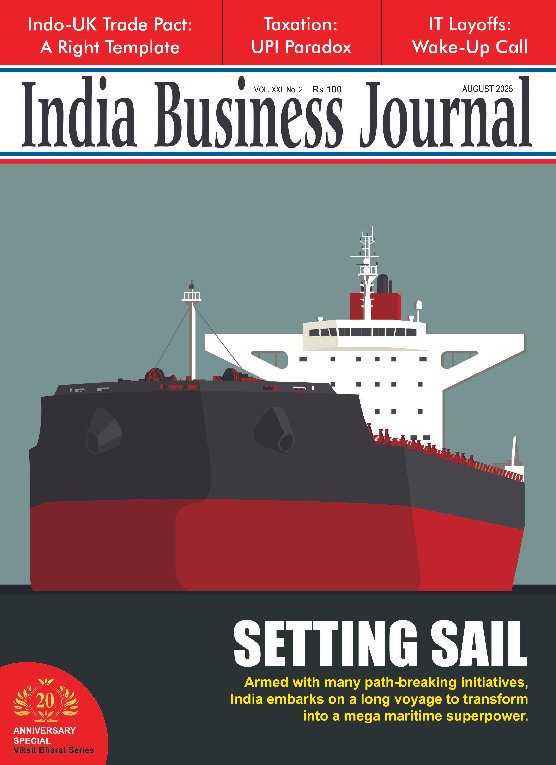









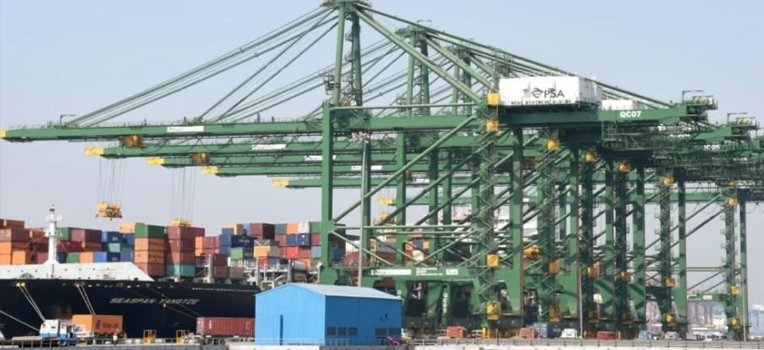
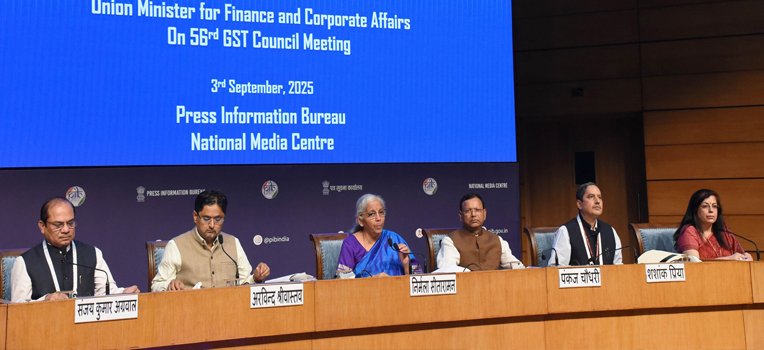

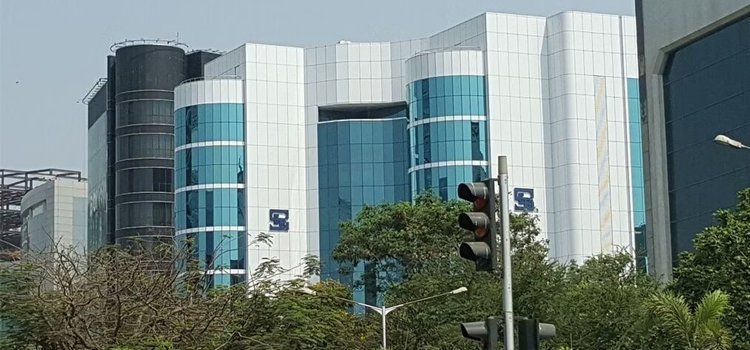

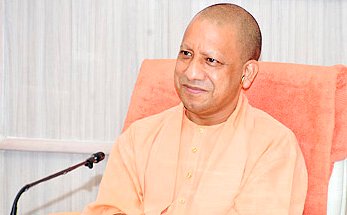
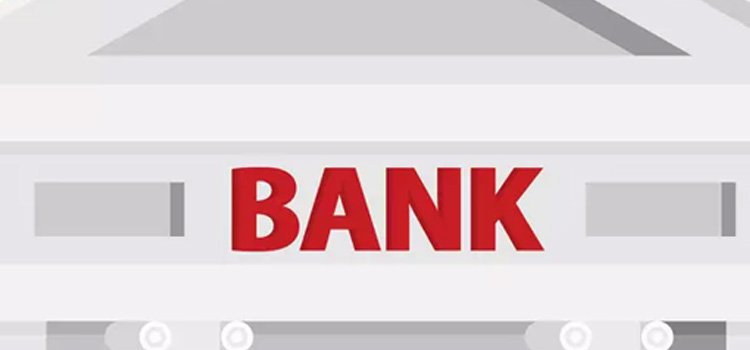



Report By
View Reporter News